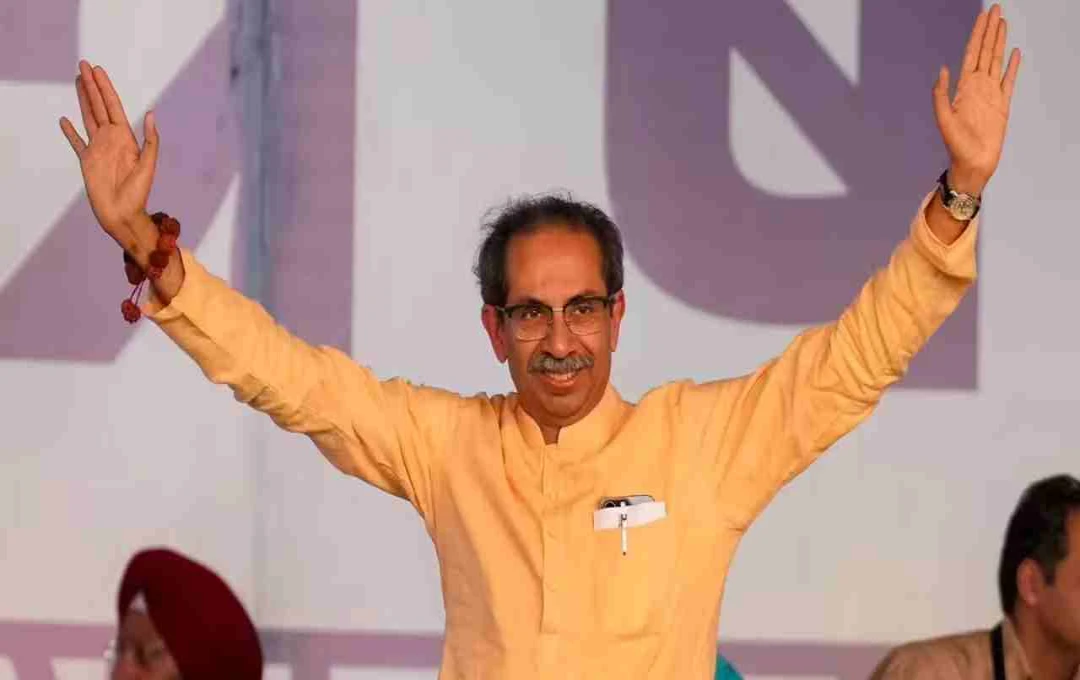The review report of the New Income Tax Bill 2025 will be presented in the Lok Sabha on Monday. It includes 285 changes, fewer sections, and simpler language. The new bill will replace the old 1961 Act.
New Income Tax Bill 2025: A major change is coming to the tax system in India. The new and simplified 'New Income Tax Bill 2025' is set to replace the six-decade-old Income Tax Act of 1961. Its parliamentary review report will be presented in the Lok Sabha on Monday. This new bill includes 285 significant changes. Its language will be easier and clearer than before, which is expected to provide relief to taxpayers.
Why is a new tax bill necessary?
The existing Income Tax Act of 1961 has been in force in the country for the past 60 years. Over time, there have been significant changes in the country's economic structure, business models, digital transactions, and global tax rules. In such a situation, repeated amendments to the old law have made it complex and cumbersome. To change this situation, the government has prepared a new bill that will not only be simpler but also more transparent and understandable for taxpayers.
How different is the new bill from the previous one?
Reduction in the number of sections: While the existing Income Tax Act has 819 sections, the new tax bill will now have only 536 sections. This represents a reduction of approximately 35%. This signals a simplification of tax rules.
Half the number of words: According to a statement issued by the Income Tax Department, the old law contained approximately 5.12 lakh words, while the new bill reduces this to 2.6 lakh words. This will ensure clarity and simplicity in the language.
Number of chapters also reduced: The existing law has 47 chapters, while the new bill will now have only 23 chapters.
What is the significance of the 285 changes?

The 31-member select committee, led by BJP MP Baijayant Panda, has conducted an in-depth review of this bill. This report includes a total of 285 suggestions and changes. These changes have been suggested to make the tax structure more effective, simpler, and free from litigation.
This committee was constituted by Lok Sabha Speaker Om Birla on February 13, when Finance Minister Nirmala Sitharaman introduced the new bill in Parliament. The committee's report will now be presented in the Parliament's monsoon session on Monday.
What will change for taxpayers?
Tax Year Concept: The biggest change is the implementation of 'Tax Year' in place of 'Assessment Year' and 'Previous Year'. Currently, income from the previous financial year is taxed in the next financial year. Under the new rules, tax assessment will take place in the same year, which will bring transparency to the tax system and payment process.
TDS/TCS and Tax Benefits: In the new bill, 57 tables have been added to clarify TDS (Tax Deducted at Source) and TCS (Tax Collected at Source). The existing law had only 18 tables. This will make it easier for taxpayers to understand in which situations tax will be deducted and at what rate.
Reduction in legal interpretation: 1,200 provisions and 900 clarifications have been removed in the new bill. This will reduce legal complexities, and litigation cases are also expected to decline.
What happens after the report is presented in Parliament?
The committee's report on the new tax bill will be tabled in the Lok Sabha on July 21, which is the first day of the Parliament's monsoon session. This session will run from July 21 to August 21, 2025. Based on the report, further action will now be taken in Parliament, including discussion, amendment, and then passing the bill. If this bill is passed by both houses, the new tax system may be implemented from 2026-27.
What will be the benefit to taxpayers?
- The reduced number of sections and words will make the law easier to understand.
- The number of disputes will decrease, and relief will be provided in litigation.
- The concept of the tax year will bring clarity to the payment and filing process.
- Rules related to TDS and TCS will be more transparent and clear.















